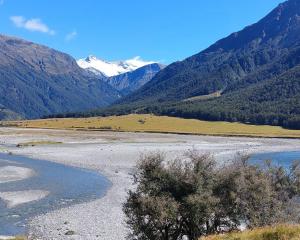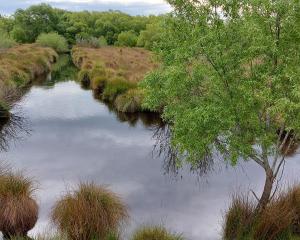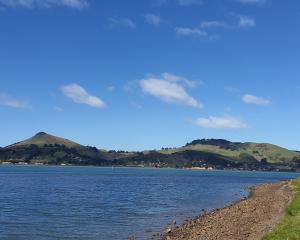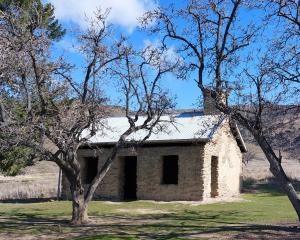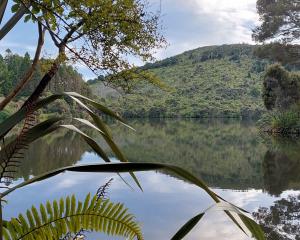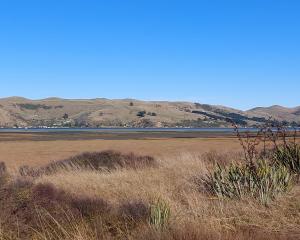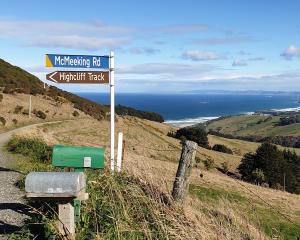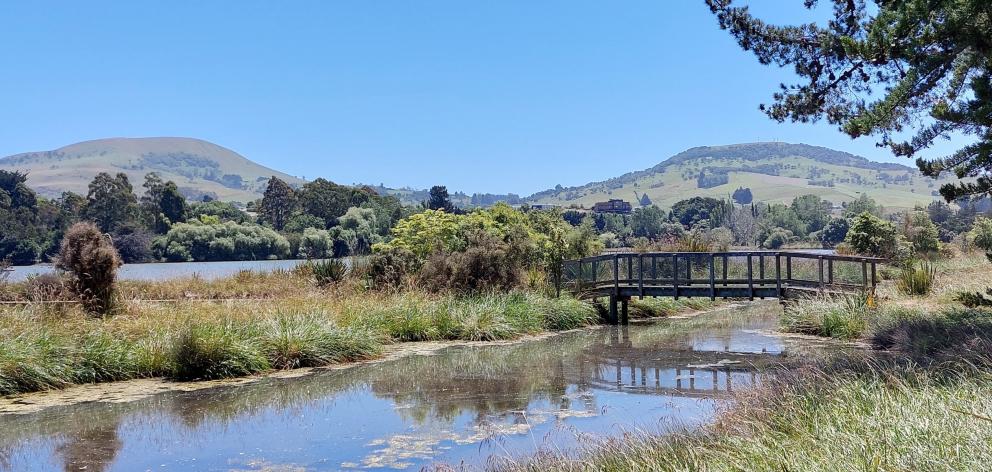

Suburban Waikouaiti backs on to a hidden lagoon with a primo nature walk. Most of today’s township used to be covered by this lagoon, breaking in from the sea. Over the years different waves of immigrants have had different ideas about the life of this waterbody.
Historical surrounding marshlands and forest must have been full of wildlife. Māori use and occupation goes back centuries.
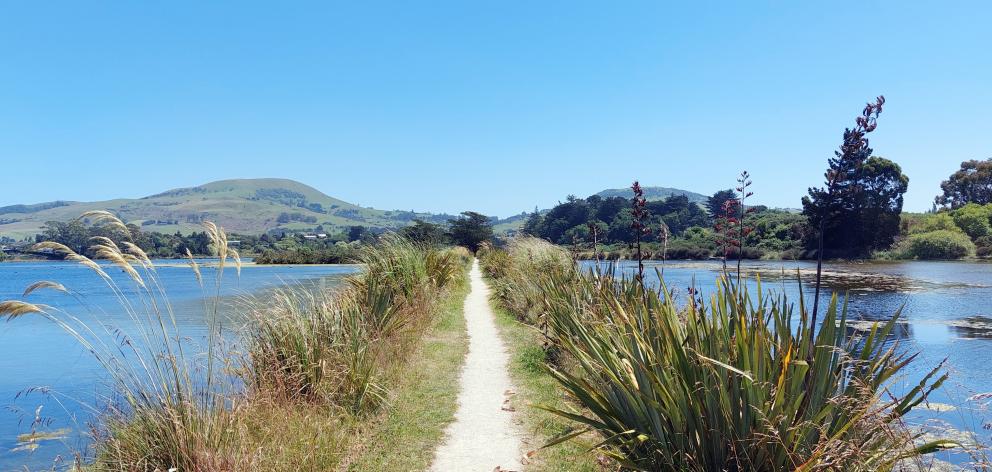
These days Māori share the management of Hawksbury Lagoon, Matainaka. It’s now a modest 51ha. For context, Dunedin Botanic Garden is 33ha.
Who knows what the future holds for this half-metre-deep taonga, but at this stage in history we’re able to walk it on top of causeways so navigable that sandals do the trick. To the untrained eye it even appears wheelchair accessible except for maybe track width.
To keep things fresh today’s 6km route has a couple of loops and of course, you can peel off sections to suit.
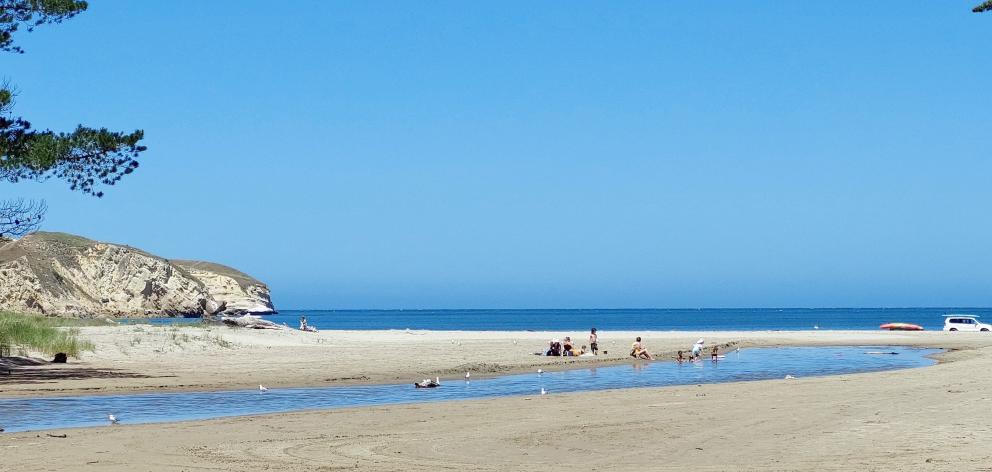
Down Stewart St ignore the Doc sign partway along and head to the lagoon entrance at the end of the street.
This spot offers a snazzy option for the group with multiple preferences. There’s carparking and a 70m side-track to a waterside seat, ideal for those who prefer to sit, wait and contemplate.
Although the lagoon is a wildlife refuge, dogs are allowed on a leash. Like an uncaged aviary, there’s a diversity of bird species free to go about their business. Most ignore you but others seem to glide coyly by, eyeballing prettily for an edible pay-off. Hopefully, in these enlightened times, this is as effective as a manager from the boomer generation trying to influence staff by engaging a remembered sex appeal.

This is where my lazy, last-minute old sandals came in handy: they were so thin-soled I was forced into an unintended mindfulness walk. Walking slowly, any anti-hippieness was refuted as snobbery. I was in synch with our fellow creatures – we’re all just manifestations of life, each with our own place — human ego is just a varnish on top.
After a while you hit Inverary St. It’s open road but there’s plenty of shoulder. Second right is Cromarty St, its gravel surface reinforcing the ruralness, as do soft-eyed horses. At the end of the street is a stile that a friendly local confirmed as legit.
Follow the left edge of the paddock till you feel you must be in the wrong place but come upon another stile in semi-disguise. Across the fence is a grassy track through conservation plantings, leading to a fairy-tale bridge and the trip home. Accompany the lagoon until she meets white sandy beach.
Hawksbury Lagoon is the sort of place that throbs in all conditions, from bright blue summer to moody grey winter. Crossing the causeways, surrounded by calm water, must make sunset and sunrise sublime.

